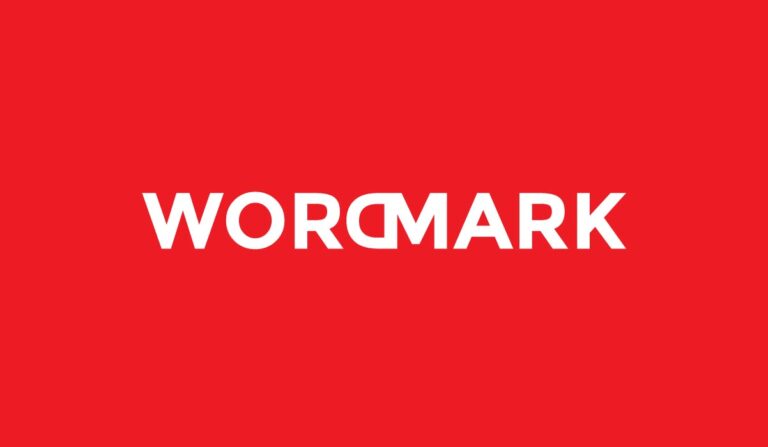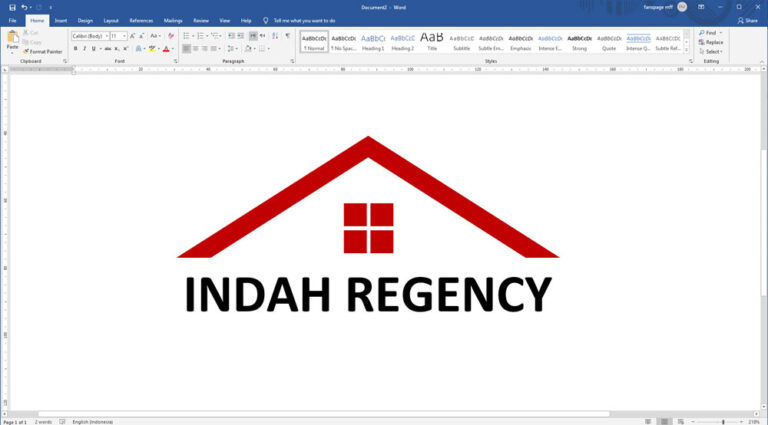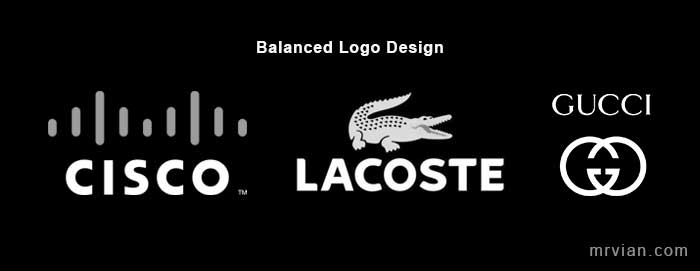How to Protect Your Logo From Copyright Infringement
Copyright infringement is a serious offense, but it’s also a bit of a mystery.
No one really knows what it is, or how to avoid it. Some people say that it’s when you use someone else’s work without their permission, but others say that it’s when you use someone else’s work without giving them credit.
Still, others say that it’s when you use someone else’s work in a way that they didn’t intend.
Whatever it is, copyright infringement is a big deal. If you’re caught infringing on someone’s copyright, you could be sued for a lot of money. So it’s important to be careful.
But how do you know if you’re infringing on someone’s copyright? That’s the tricky part. There’s no easy answer. The best thing to do is to err on the side of caution and avoid using someone else’s work altogether.
On the flip side, if you want to make sure your own work, particularly your logo, stays safe and isn’t used or published by others without your permission, here are some helpful tips to protect it.
Register Your Logo With the USPTO

Registering your logo with the USPTO gives you the exclusive right to use your logo in commerce. This means that no one else can use your logo without your permission. You can register your logo online or by mail. The filing fee for a trademark registration is $275.
If you’re outside the US, you can still take steps to protect your logo. While the specific process and fees may vary depending on your country, here are some general recommendations:
Research local intellectual property laws
Familiarize yourself with the copyright and trademark regulations in your country. Understand the requirements and procedures for logo protection.
Consult with a local intellectual property attorney
Seek professional advice from a lawyer who specializes in intellectual property law in your jurisdiction. They can guide you through the process and provide tailored recommendations.
Register your logo with the appropriate authorities
File for logo protection through the relevant intellectual property office in your country. This might involve submitting an application, paying registration fees, and providing the necessary documentation. Follow the prescribed procedures carefully to secure your exclusive rights.
Keep records and evidence
Maintain clear documentation of your logo’s creation, usage, and any instances of infringement. This evidence can be valuable in proving your ownership and defending against unauthorized use.
Consider international protection
If you’re planning to expand your business globally, explore options for international trademark registration, such as the Madrid System for the International Registration of Marks. This can provide additional protection in multiple countries.
Use the © Copyright Symbol on Your Logo

Using the © copyright symbol or the Ⓡ registered trademark symbol on your logo serves as a clear indicator that you own the copyright or have obtained a registered trademark for your logo. These symbols can play an important role in deterring potential infringers from unlawfully using your logo.
To utilize the © copyright symbol, simply place it prominently on all copies of your logo, such as on your website, marketing materials, and product packaging. Similarly, if you have registered your logo as a trademark, the Ⓡ registered trademark symbol can be applied to reinforce the legal protection of your logo.
Displaying these symbols sends a strong message that you value and protect your intellectual property rights, making others think twice before infringing upon your copyrighted or trademarked logo.
Keep your logo confidential

Keeping your logo confidential is an important step in safeguarding it from potential copyright infringement. By limiting access to your logo and implementing additional protective measures, you can maintain better control over its usage and reduce the risk of unauthorized replication. Here are some helpful tips to keep your logo confidential:
Limit sharing
Only share your logo with individuals or entities who genuinely require access to it. This typically includes your trusted team members, business partners, or authorized stakeholders directly involved in marketing or promotional activities. Avoid distributing it indiscriminately or sharing it publicly unless necessary.
Non-disclosure agreements (NDAs)
When collaborating with external parties, such as designers or contractors, consider having them sign a non-disclosure agreement. An NDA legally binds them to maintain confidentiality and prohibits them from sharing or misusing your logo without your permission.
Watermarking
Applying a watermark to all copies of your logo can act as an extra layer of protection. A watermark is a semi-transparent overlay that displays your logo with an additional identifying mark, such as a pattern or text. This serves as a visual deterrent and makes it more challenging for others to misuse your logo without detection.
Secure file storage
Store your logo files in a secure and encrypted location, accessible only to authorized personnel. Use strong passwords and implement appropriate access controls to prevent unauthorized individuals from gaining access to your logo.
Educate your team
Ensure that your employees and team members understand the importance of logo confidentiality and the potential risks associated with its unauthorized use. Provide training and guidelines on handling and protecting sensitive assets, including your logo.
Monitor the internet for unauthorized use of your logo

There are a number of ways to monitor the internet for unauthorized use of your logo. One way is to use a trademark monitoring service. These services will scan the internet for websites and other online content that uses your logo without your permission. If you find that your logo is being used without your permission, you can take legal action.
Here are some other effective methods for monitoring unauthorized use:
- Search engine alerts
Set up alerts on popular search engines using specific keywords related to your logo and business. This enables you to receive notifications whenever your logo appears on websites or in online content. Customize the alert settings to receive real-time updates or periodic summaries, depending on your preferences. - Reverse image search
Utilize reverse image searches engines such as Google Images or TinEye to track down instances where your logo might have been used without authorization. Upload your logo image or provide the image URL to initiate the search. This technique can help identify websites or online platforms that may be infringing upon your logo rights. - Social media monitoring
Regularly monitor social media platforms for unauthorized use of your logo. Conduct manual searches using relevant keywords or hashtags associated with your brand. Additionally, you can leverage social media listening tools to automatically track mentions or uses of your logo across various platforms. These tools can help you identify potential infringement and take appropriate action. - Online marketplaces and e-commerce platforms
Keep an eye on popular online marketplaces and e-commerce platforms to ensure your logo is not being misused on product listings or counterfeit merchandise. Monitor relevant categories or conduct searches using your logo’s keywords to identify unauthorized users. Report any infringements to the platform’s intellectual property enforcement team. - Website crawler tools
Employ website crawler tools that scan and analyze website content for instances of your logo. These tools can help identify websites or pages where your logo has been used without authorization, even if the user is not readily visible.
Once you identify unauthorized use of your logo, consult with an intellectual property attorney to understand your legal options. They can guide you through the process of sending cease and desist notices, issuing takedown requests, or pursuing legal action to protect your rights.
Take legal action if your logo is infringed

If you find that your logo is being used without your permission, you can take legal action. The type of legal action you take will depend on the circumstances. In some cases, you may be able to send a cease and desist letter to the person or company that is infringing on your copyright. In other cases, you may need to file a lawsuit.
Last Word
By following these tips and staying on top of things, you can seriously up your game when it comes to protecting your logo from copyright infringement.
Keeping your logo safe is a big deal because it’s all about preserving your brand’s identity, making sure you’re the only one rocking that unique logo, and stopping others from using it without your permission. Trust me, copyright infringement is no joke and can land you in some hot water legally and financially.
That’s why it’s super important to take action and be proactive in defending your intellectual property.
Speaking of logo protection, if you’re looking for an awesome way to create your own logo while ensuring its originality and uniqueness, I’ve got just the thing for you.
Check out our top-notch logo template product! Our carefully crafted templates are designed to give you a head start in creating a professional and eye-catching logo that truly represents your brand.






